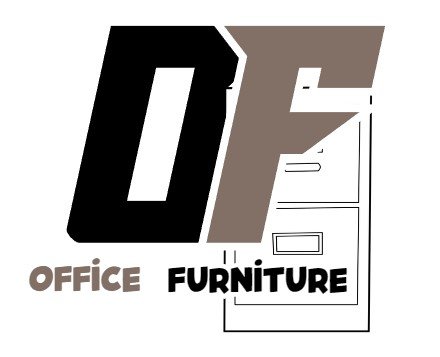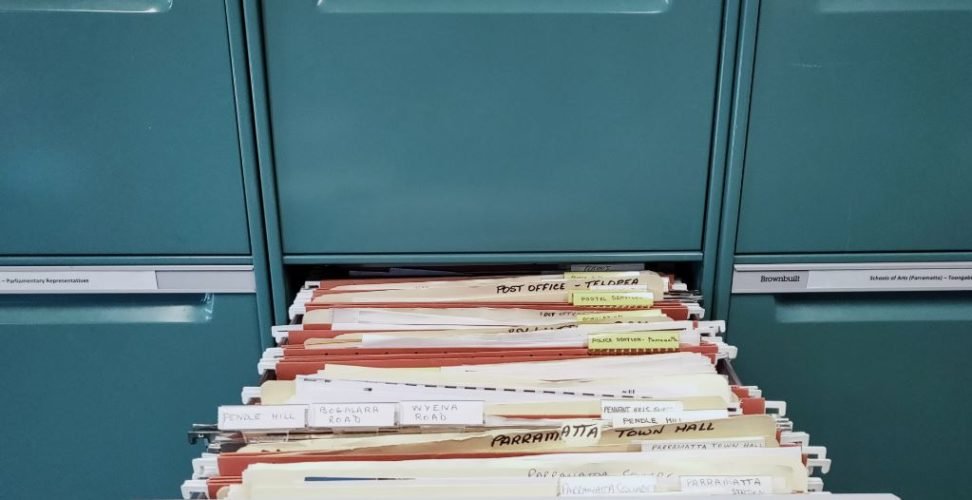In today’s fast-paced and digitally driven world, the need for efficient physical document management remains significant, especially in offices where hard copies are still relevant. One of the most practical and space-efficient storage solutions available is the Vertical File. Designed with upright drawers that extend from a narrow body, vertical files are commonly found in offices, schools, libraries, and government institutions. They serve a key role in organizing important papers such as contracts, legal documents, personnel files, and other administrative records. What makes a vertical file essential is its ability to hold a large volume of paperwork while occupying minimal floor space. Unlike lateral filing systems that require more width, vertical files are perfect for compact or corner areas. This furniture piece not only helps in optimizing space but also ensures that documents are easy to retrieve, thus enhancing daily workflow and productivity.
Vertical File Cabinets for Better Office Organization
When it comes to office organization, clutter can be a major productivity killer. Employees often spend precious minutes locating important documents, which can lead to wasted time and unnecessary stress. Installing a vertical file cabinet is a practical solution to this challenge. It streamlines file storage and retrieval, ensuring everything has its designated place. The vertical file system allows users to categorize documents alphabetically, chronologically, or by subject, depending on the business need. Most models come with label holders on each drawer, making it easy to identify contents at a glance. Also, high-quality vertical files are equipped with smooth-gliding drawers and anti-tipping mechanisms for added safety and convenience. This structure creates a systematic filing environment that supports better time management and less clutter, leading to a more organized and focused office culture.
How a Vertical File Boosts Space Optimization
Space is one of the most valuable assets in any office environment, especially in urban settings where every square foot counts. The vertical file excels at space optimization by building upward rather than outward. It typically features two to five drawers stacked vertically, allowing users to maximize storage without compromising walking or working areas. This vertical orientation is ideal for placing against walls, in between desks, or in storage rooms. For businesses operating in shared or co-working spaces, vertical files make it possible to maintain organized filing systems in a limited footprint. Moreover, many modern designs now include mobile options with wheels, allowing users to move the filing unit as needed. Some even come with locking drawers, combining mobility with security. Ultimately, vertical files help businesses maintain a neat workspace while utilizing every inch efficiently.
Types of Vertical File Cabinets and Their Unique Features
There are various types of vertical file cabinets available in the market today, each tailored to different user preferences and organizational requirements. The most common types include two-drawer, three-drawer, and four-drawer vertical files, with each offering distinct storage capacities. Heavy-duty models made of steel are favored in industrial or high-traffic environments due to their durability and resistance to wear and tear. On the other hand, wood veneer or laminate vertical files offer a more aesthetic appeal suitable for executive offices or reception areas. Fire-resistant vertical files are available for businesses that prioritize document safety and compliance with building codes. Additionally, some vertical file models include full-extension drawers that open entirely, allowing access to the back of the drawer without obstruction. With such diverse options, users can choose a vertical file that meets both functional and stylistic needs.
Digital Age vs. Traditional Filing: Why Vertical Files Still Matter
In an era dominated by cloud storage and digital documents, one might question the relevance of traditional filing systems. However, many businesses still rely on physical documentation for various reasons, including legal compliance, backup storage, and ease of access. The vertical file continues to hold its ground as a reliable, tangible solution for storing essential paperwork. Healthcare facilities, law firms, government departments, and educational institutions often need to retain hard copies for extended periods. In such cases, digital records alone may not suffice. A vertical file offers the confidence of quick access, especially during system downtimes or data breaches. Moreover, using physical filing cabinets reduces dependence on electronic devices, lowering energy usage and offering a simple, intuitive way to manage data. As a result, vertical files remain indispensable in bridging the gap between digital efficiency and physical reliability.
Choosing the Right Vertical File for Your Workspace
Selecting the right vertical file requires evaluating your storage needs, office layout, and aesthetic preferences. Begin by considering the volume of documents you need to store and how often they are accessed. For daily use, opt for a cabinet with smooth-glide suspension, strong build quality, and user-friendly handles. Offices that deal with confidential files should prioritize models with secure locking systems. For aesthetic integration, choose a vertical file that complements the color scheme and style of your workspace—options include metal finishes, wood laminates, and modern matte tones. Another important factor is the file size compatibility. Most vertical files accommodate letter-size documents, but some models are also designed to hold legal-size papers. Ultimately, choosing the right vertical file means striking a balance between durability, functionality, and visual appeal, all while staying within budget constraints.
Maintenance and Durability of Vertical File Cabinets
Like any office furniture, a vertical file requires regular maintenance to ensure long-lasting performance. Dust accumulation inside drawers and on tracks can hinder smooth operation, so it is advisable to clean the cabinet routinely with a damp cloth and mild cleaner. Lubricating drawer tracks once every few months will also maintain the gliding mechanism. Additionally, avoid overloading drawers beyond their weight limits, as this can cause structural strain or damage to the rails. For metal cabinets, check for rust spots and treat them immediately with anti-rust spray to preserve the cabinet’s integrity. Investing in a high-quality vertical file may cost more upfront, but it translates to greater longevity and fewer replacements over time. Proper care not only maintains the cabinet’s functionality but also keeps your workspace looking neat and professional.
Conclusion: Why Every Office Needs a Vertical File
The vertical file is a staple in any organized workspace, offering functionality, durability, and optimal space usage. Whether you’re a corporate office, a law firm, a medical facility, or a small business, having a reliable filing system is crucial for operational efficiency. By enabling structured storage and quick access to important documents, vertical files play a vital role in maintaining productivity and order. Their timeless design and practical utility ensure they remain relevant even in today’s increasingly digital environments. If you’re looking to upgrade your office storage, consider integrating a vertical file cabinet into your setup—it’s a smart investment for organization, security, and professional presentation.

